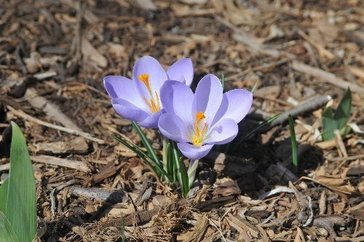
Plants differ in the number of chilling hours needed, with those adapted to colder climates usually requiring more than those adapted to warmer zones. Even plants within the same species can differ markedly in the number of chilling hours required for bud break. For example, apple varieties range from a low of 250 (or fewer) chilling hours to a high of 1700.
The chilling requirements of some plants have already been met this winter. For these plants, dormancy is over and warm periods can lead to bud swell or even flowering. If spring-flowering bulbs flower now, the floral parts may be damaged by a cold snap but the plants itself will likely be okay. It all depends on the severity of the cold snap.
So, what do you do if you have a plant that has swollen buds? Actually, there is not much you can do to slow the bud development process because it is completely dependent on weather. However, watering during dry weather may help in an indirect way. Roots can suffer drought damage during the winter. A tree with a damaged root system and damaged buds will be slower to recover than one with just damaged buds. Readily available soil moisture will aid in keeping the plant healthy so it will be better able to recover from cold damage. Also, it is important to determine if the swollen buds are flower buds or leaf buds. Even if the flower buds are killed by cold temperatures, the health of the plant should not be affected. If, in addition to the swollen buds, you also see small buds on the stems, then the swollen buds are flower buds and the small buds are leaf buds.
Leaf buds are more hardy than flower buds but even they can be killed if they have lost their winter hardiness. Even if the leaf buds swell and are killed by a cold snap, a healthy tree will still be able to survive. There are secondary buds that remain dormant unless the primary bud is killed. Secondary bud growth may be slower and less vigorous, but the tree will eventually recover. (Ward Upham)
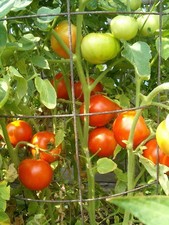
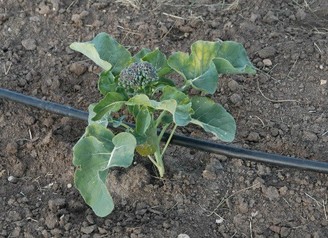
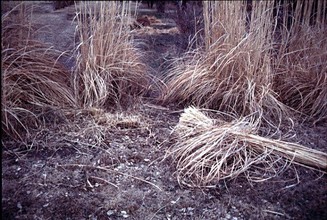
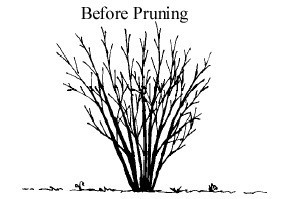
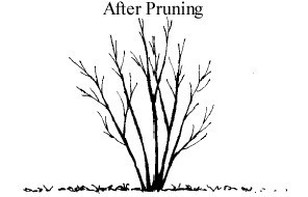
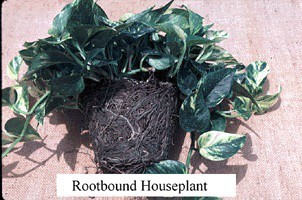
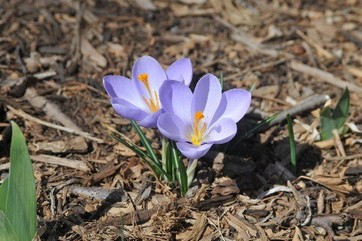
 RSS Feed
RSS Feed
